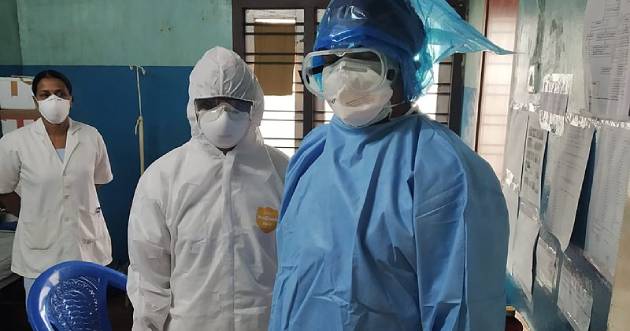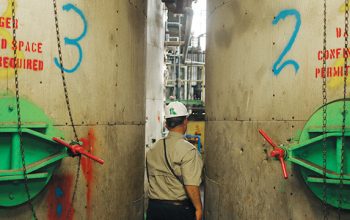What To Deal With Stress From Wearing PPE In Healthcare Workers?
Healthcare workers working in hot and humid environments must often wear full-coverage personal protective equipment (PPE), including respirators. When responding to disasters that challenge the resources of the hospital or other healthcare systems, it may be necessary for healthcare personnel to wear PPE for extended periods. Prolonged use of PPE increases the physiological load on the wearer, usually in the form of respiratory stress and heat stress , explains an article by Warren Williams PhD and Jaclyn Krah Cichowicz MA, both from the NIOSH National Laboratory for Personal Protective Technology .
While most healthcare workers carry out their work in an indoor environment (hospital, clinic) with environmental controls to keep the workspace comfortable, emergency or pandemic situations may require the rapid construction of field hospitals, which may not have environmental control systems capable of creating and maintaining comfortable temperatures. Under these circumstances, NIOSH specialists explain, the surrounding environment can reach levels of heat and humidity high enough to cause discomfort or become dangerous for the occupants (both healthcare workers and patients).
If health personnel do not have the opportunity to rehydrate by drinking fluids, the loss of sweat can contribute to a decrease in blood volume that can lead to low blood pressure and dizziness. Specialists detail that, in addition to dizziness, the core body temperature can increase, which can cause other symptoms. If health workers continue to “function” without being able to rehydrate, they may not be able to compensate and could easily escalate to a heat injury.
Too busy to remember to hydrate? NIOSH gives a simple tip: When working in a moderately hot environment, set a timer on your phone or smartwatch to remind you to drink one cup of water (8 oz) every 15-20 minutes.
Among the signs and symptoms of heat stress and physiological exertion, listed by Warren Williams and Jaclyn Krah Cichowicz, are:
- Thirst (although remember that thirst is not a reliable indicator of hydration status).
- Headache.
- Dark yellow urine with a strong odor (compare to a urine color chart for an indication of the level of dehydration).
- Reddened skin
- Intense sweating
- Fatigue (heat exhaustion).
- Increased body temperature.
- Dizziness or loss of orientation
- Decreased cognitive function (decreased situational awareness, poor judgment).
- Loss of balance, increasing the risk of slips, trips, and falls.
- Heat syncope while standing (temporary circulatory failure) with symptoms of lightheadedness or dizziness.
To control the effects of heat stress, NIOSH notes to pay attention to the following:
- Limit time in heat and / or increase recovery time in a cool environment.
- Train supervisors and workers on heat stress that can be found in unusual places, such as a healthcare setting, while wearing encapsulated PPE.
- Implement a buddy system in which workers observe each other for signs and symptoms of heat stress.
- Provide adequate amounts of cold water (15 ° C or 59 ° F) near the work area and encourage workers to drink frequently. If employees work continuously for more than 90 minutes in a hot environment accompanied by profuse sweating, then cold drinks (15 ° C or 59 ° F) balanced with carbohydrates / electrolytes should be provided to prevent hyponatremia or other electrolyte imbalances.
- Implement a heat alert program every time the weather service forecasts that a heat wave is likely to occur.
Supervisors must be trained to recognize the signs and symptoms of heat stress , states NIOSH. Workers should also be aware of their own health conditions and encourage them to know the limits of when to take a break for personal health and safety reasons.
When working in environments with high levels of heat or humidity, it is important to take preventative measures such as scheduled breaks (if possible under the circumstances) to visit a rest area and take time away from immediate work and the hassles of PPE. During the break, healthcare workers should rehydrate with cold water or a carbohydrate / electrolyte balanced “sports” drink, eat some nutritious food, and take plenty of time to cool off in an air-conditioned area before resuming work, Warren recommends Williams and Jaclyn Krah Cichowicz.




